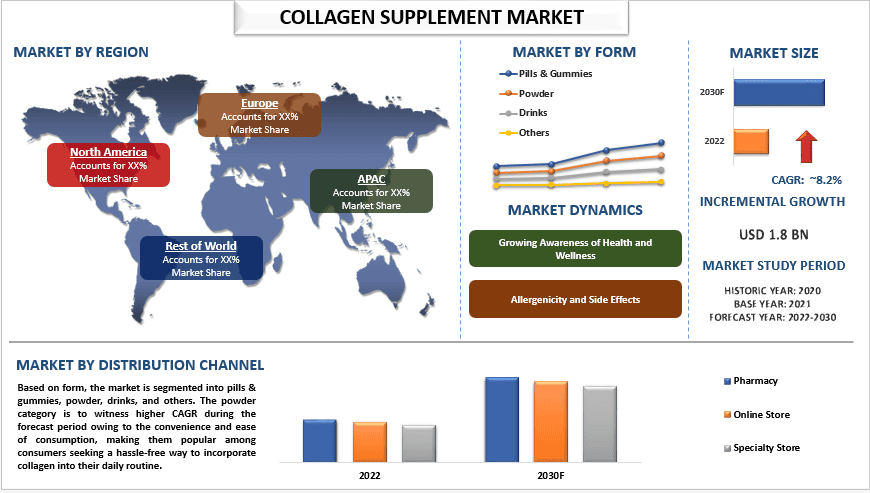The Growing Market of Lithium-Ion Battery Cathode Materials
The transition toward clean energy solutions has led to a rapid increase in the demand for efficient energy storage technologies. Among these, lithium-ion batteries have emerged as a cornerstone due to their high energy density, long cycle life, and adaptability across various applications. At the heart of these batteries are cathode materials, which play a critical role in determining battery performance, cost, and longevity. As industries like electric vehicles (EVs), renewable energy storage, and portable electronics continue to expand, the lithium-ion battery cathode material market is witnessing unprecedented growth.
Market Overview
The lithium-ion battery cathode material market is projected to grow steadily over the next decade. Increasing adoption of EV batteries across passenger cars, buses, and two-wheelers is a primary driver. In addition, the growing need for energy storage solutions for residential, commercial, and industrial applications is pushing demand for more efficient and reliable rechargeable batteries. These trends are creating opportunities for both established manufacturers and new entrants in the cathode materials sector.
Key Types of Cathode Materials
Two dominant types of lithium-ion battery cathode materials currently lead the market:
- Lithium Iron Phosphate (LFP)
LFP cathodes are known for their high thermal stability, safety, and cost-effectiveness. They are widely used in EV batteries and stationary energy storage systems. The LFP cathode price has become more competitive, making these batteries an attractive choice for mid-range EVs and grid storage solutions. Their lower energy density compared to other cathodes is balanced by a longer cycle life and enhanced safety, especially in high-temperature environments. - Nickel Manganese Cobalt (NMC)
NMC materials offer higher energy density, making them ideal for high-performance electric vehicles and applications requiring compact and lightweight battery systems. Variants like NMC 811, which have higher nickel content, are gaining traction due to their ability to deliver more power with less cobalt. Companies supplying NMC battery materials are expanding their production capabilities to meet the rising global demand, particularly from the EV and renewable energy sectors.
Market Drivers
Several factors are fueling the growth of the cathode material market:
- Rise of Electric Vehicles: With governments worldwide promoting zero-emission vehicles, demand for high-performance EV batteries is increasing rapidly. This trend directly drives the need for advanced cathode materials.
- Expansion of Energy Storage Systems: The integration of renewable energy sources like solar and wind into power grids requires efficient energy storage solutions, creating a parallel demand for high-quality rechargeable batteries.
- Technological Advancements: Continuous research and development in cathode material suppliers are leading to improved battery efficiency, stability, and cost-effectiveness. Innovations such as high-nickel NMC and coated LFP cathodes are extending battery life and energy density.
Challenges Facing the Market
Despite the promising growth, the lithium-ion battery cathode material market faces certain challenges:
- Raw Material Availability: Lithium, nickel, cobalt, and manganese supply is concentrated in specific regions. This geographic concentration can lead to volatility in the LFP cathode price and NMC battery materials cost.
- Recycling and Sustainability: End-of-life battery recycling is critical to ensuring a sustainable supply chain. Efficient recycling of cathode materials can reduce dependence on newly mined resources.
- Cost Pressures: While high-performance cathodes like NMC offer superior energy density, they are more expensive than LFP materials, making price optimization a significant challenge for manufacturers and suppliers.
Opportunities in the Market
The lithium-ion battery cathode material market offers multiple opportunities for growth:
- Emerging Markets: Developing countries are witnessing rapid adoption of electric vehicles and grid storage solutions, expanding the demand for high-quality EV batteries.
- Alternative Cathode Materials: Research is underway to develop safer, more efficient, and environmentally friendly cathode materials. Innovations in NMC battery materials and LFP cathode price optimization are expected to drive future growth.
- Strategic Partnerships: Companies focusing on cathode material suppliers are forming strategic alliances with EV manufacturers, energy storage providers, and research institutions to ensure a steady supply of advanced materials.
Regional Insights
Asia-Pacific dominates the lithium-ion battery cathode material market, primarily due to the concentration of EV manufacturing, battery production, and raw material availability in countries like China, Japan, and South Korea. North America and Europe are catching up with heavy investments in EV infrastructure and renewable energy projects, further boosting the demand for rechargeable batteries and advanced cathode materials.
Future Outlook
The outlook for the lithium-ion battery cathode material market is promising. With increasing adoption of EV batteries, expansion of energy storage solutions, and continuous innovation in cathode technology, the market is expected to grow at a significant rate over the next decade. Key focus areas for growth include reducing the LFP cathode price, enhancing the performance of NMC battery materials, and developing sustainable production and recycling practices.




